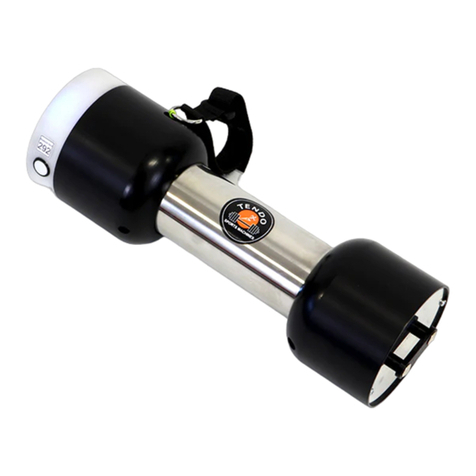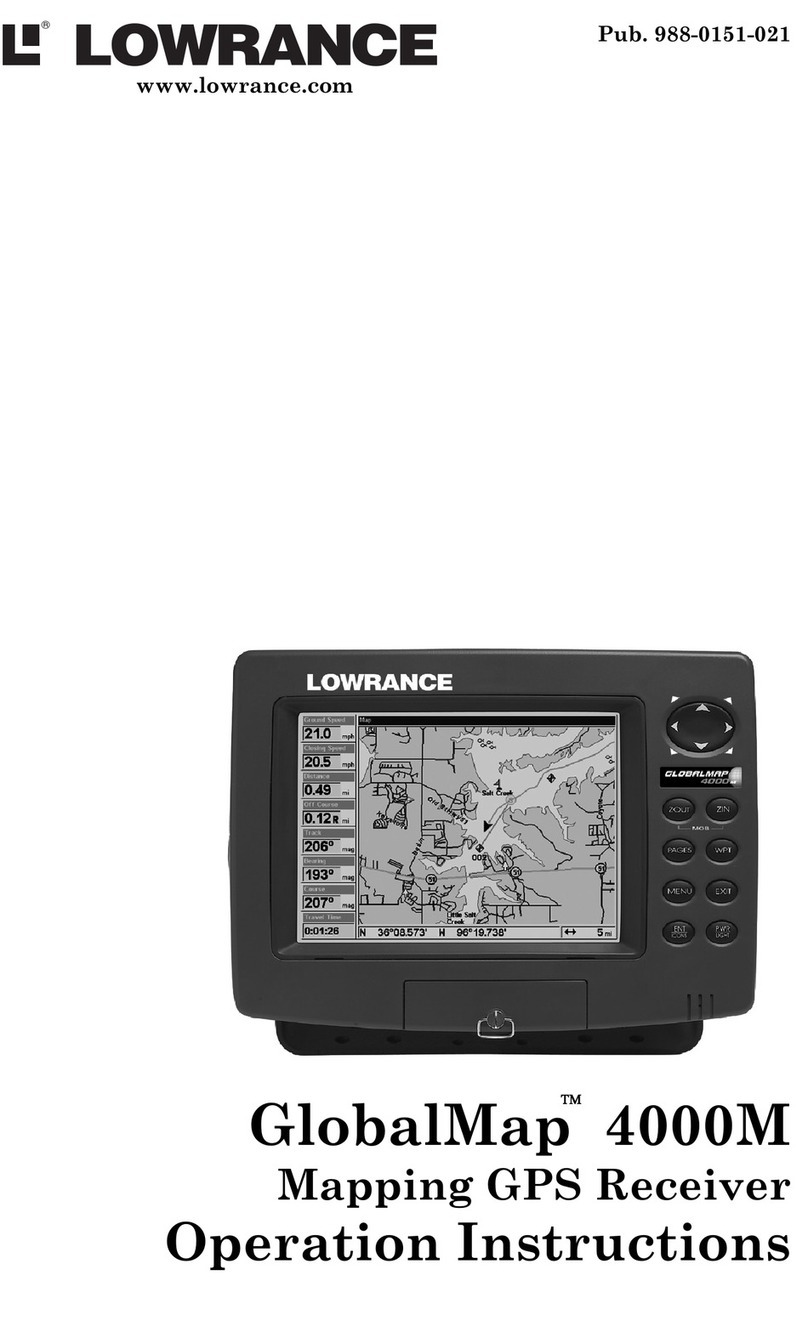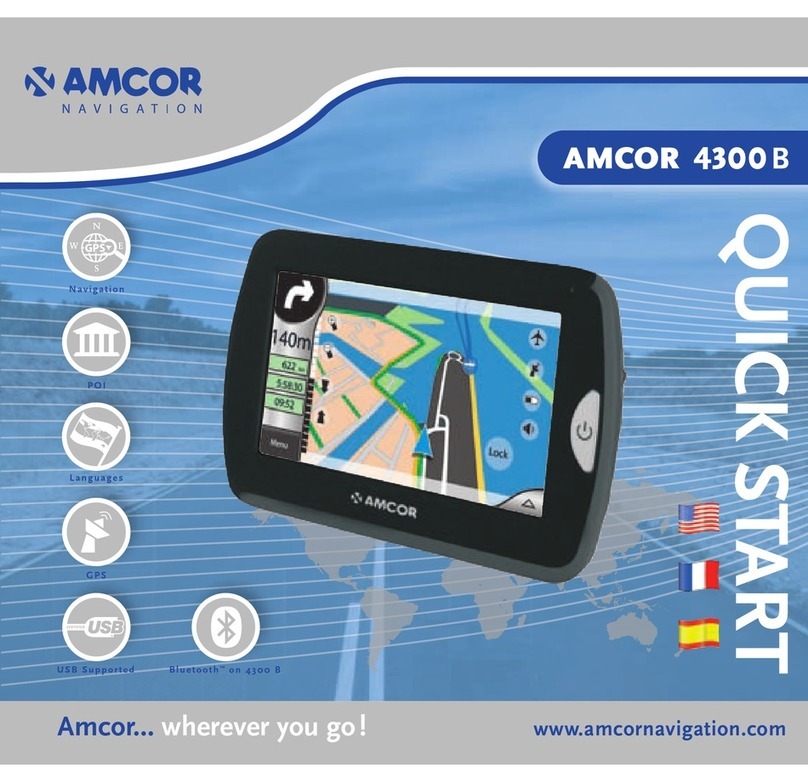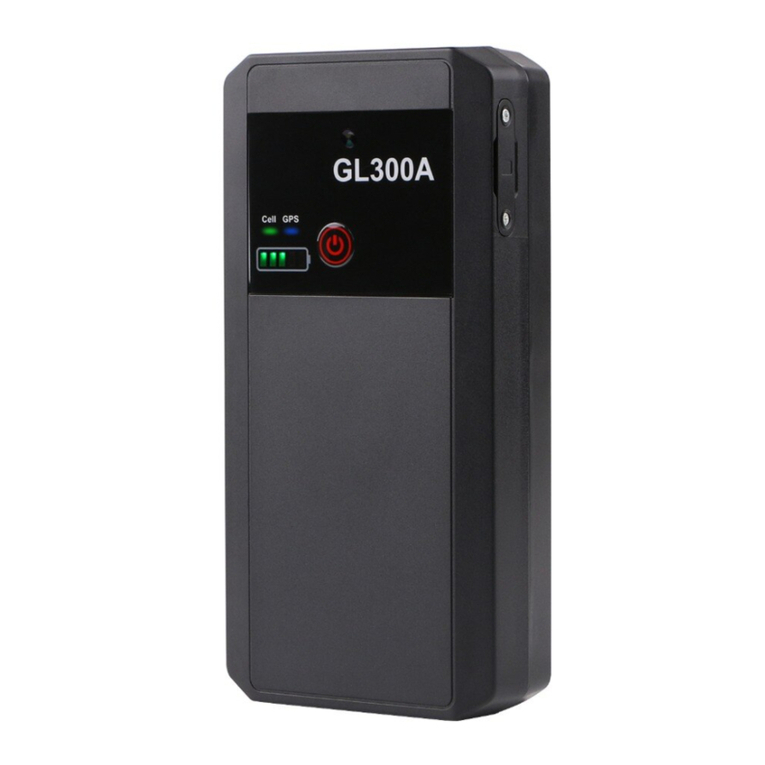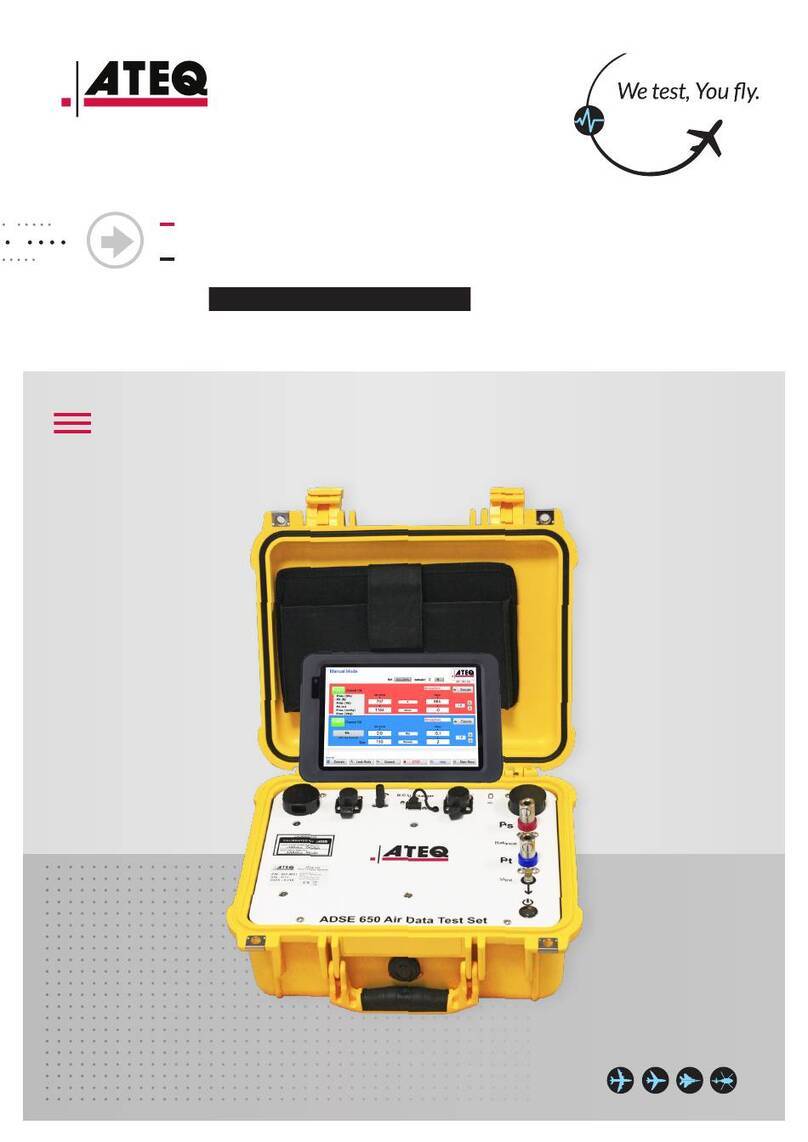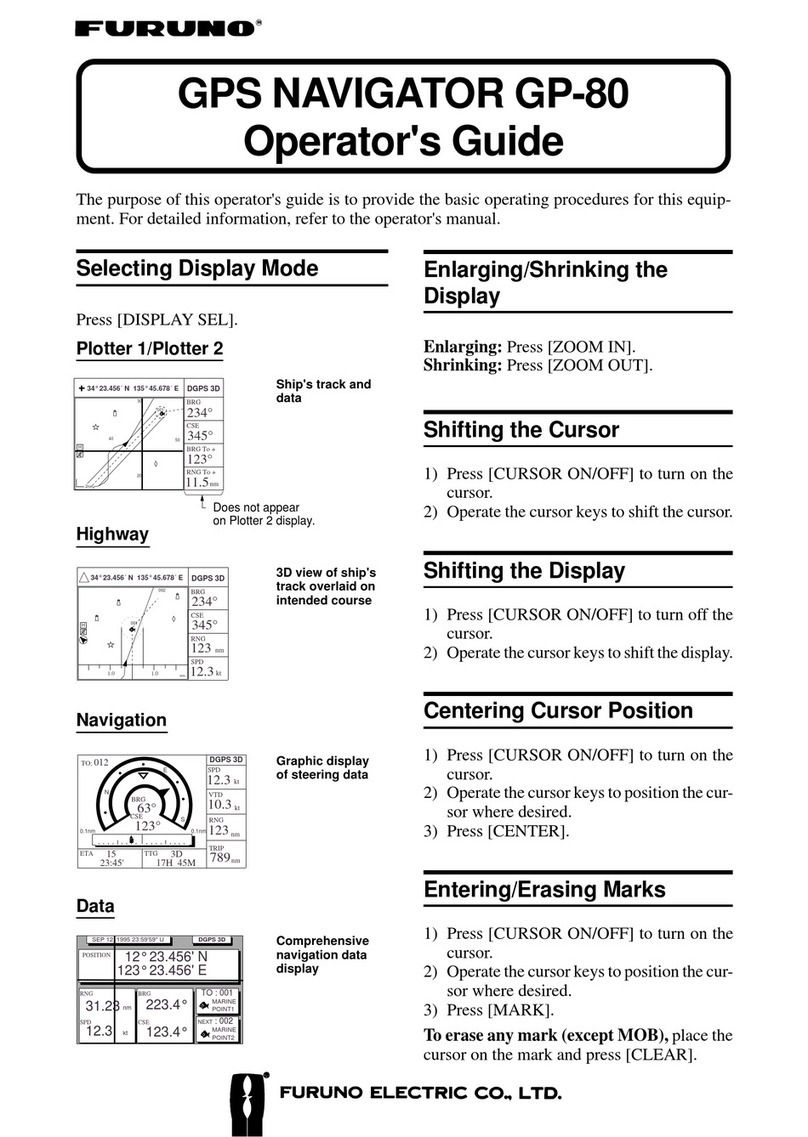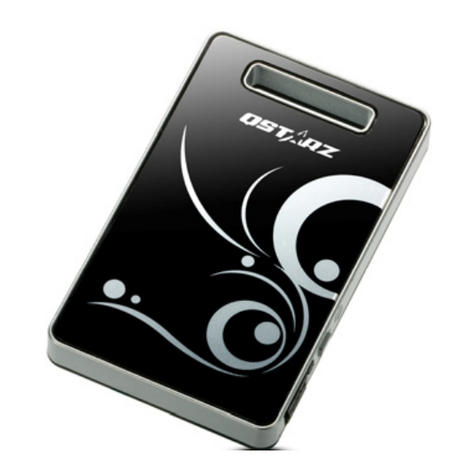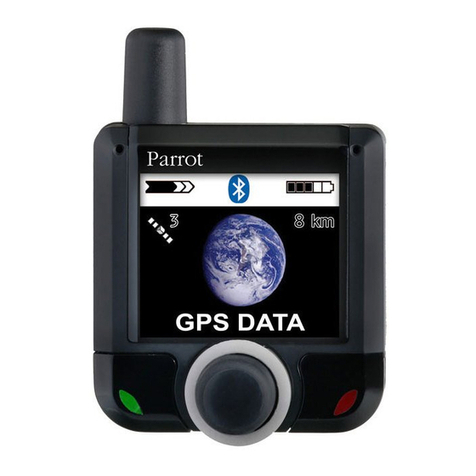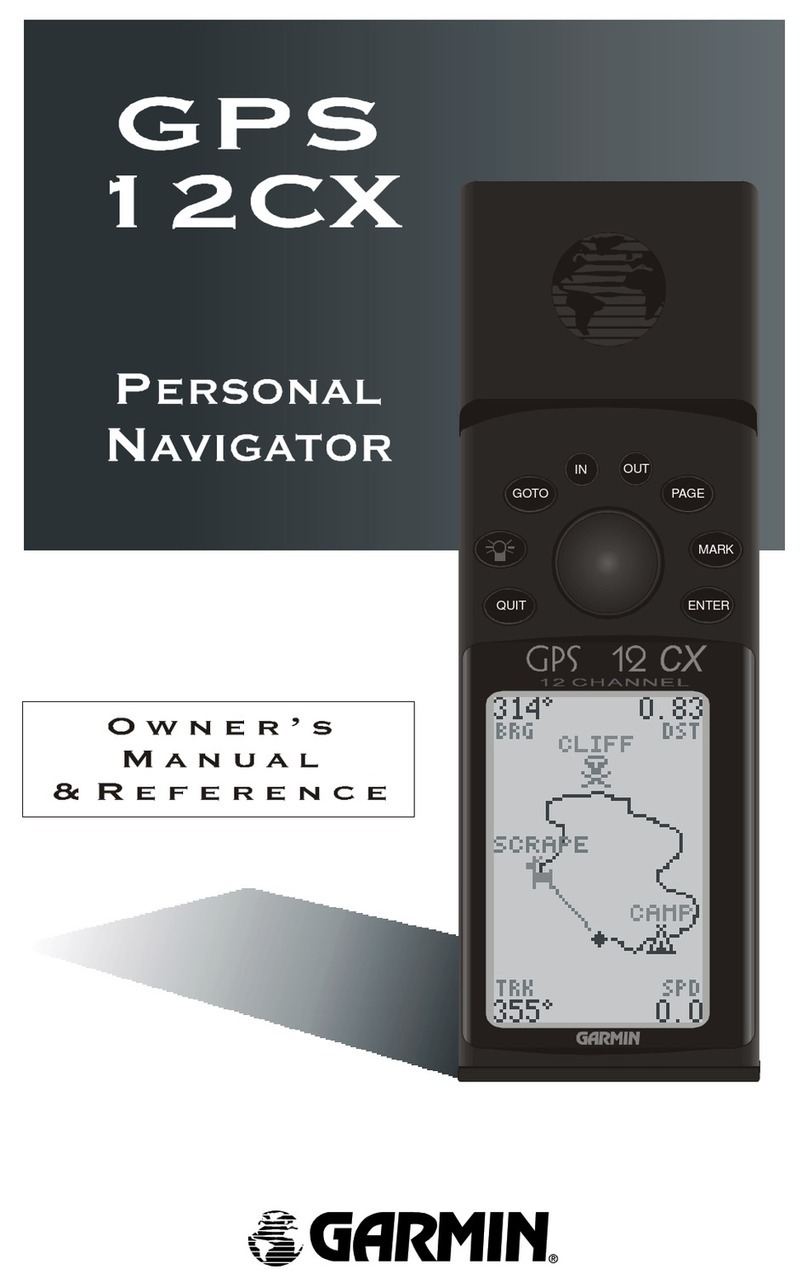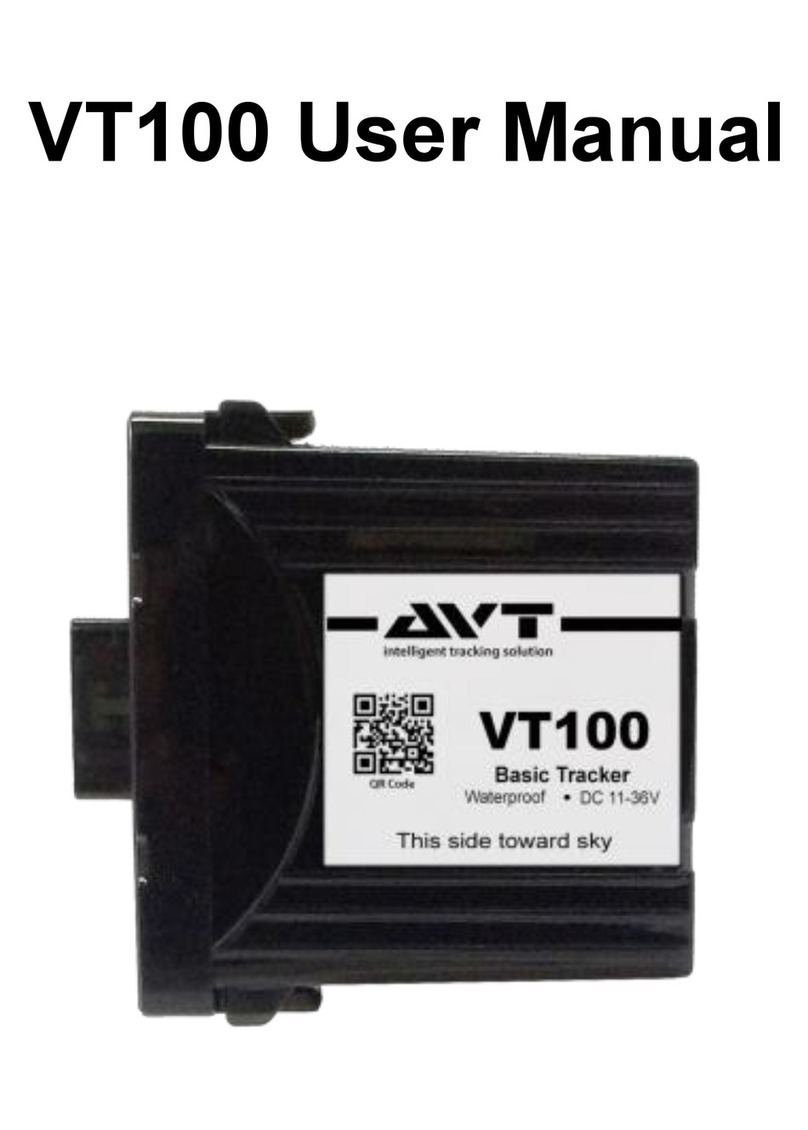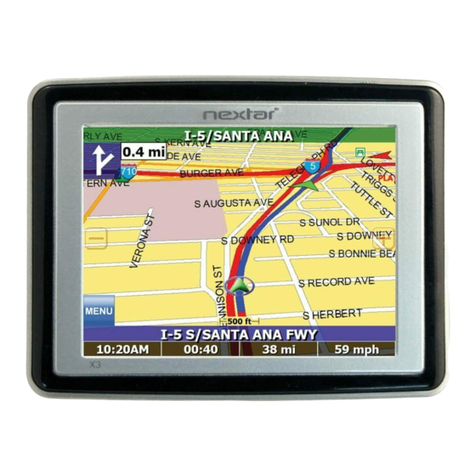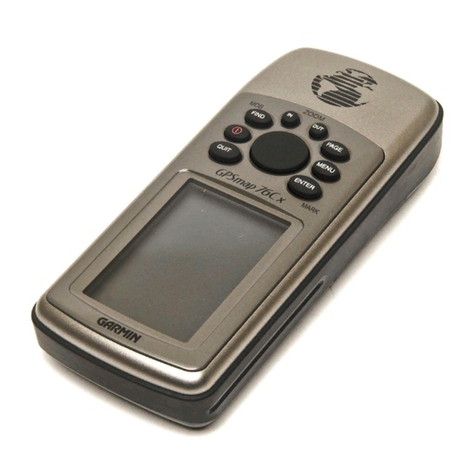Actsoft LMU-5000 User manual

LMU-5000™
Hardware and Installation Guide
Plan The Installation
Verify Power, Ground and Ignition. Be sure to check each source (power, ground and
ignition) to ensure that the proper signaling exists. This is typically accomplished with a
multi-meter.
Before drilling any holes or running any wires, decide where each hardware component
will be located (LMU, antennas, peripherals, etc.). Be sure that the cables to the LMU are
not bent or constricted in any way. Also make sure that the LMU is kept free from direct
exposure to the elements (sun, heat, rain, moisture etc...).
Be advised that an installation that violates the environmental specifications of the
LMU will void the warranty.
The best way to ensure a trouble-free installation is to consider your options and make
some decisions before you start. Take a look at the vehicle and determine how to best
install the LMU for the following purposes:
Accurate data gathering and simulation of how customers actually use your
solution
Ongoing monitoring and maintenance of LMU equipment
Accidental or intentional alteration of the equipment or cable connections
The following sections cover some of the issues to consider when planning your LMU
installation.
•
•
•

Size and Placement of LMU Unit
The dimensions of the LMU should be taken into account, particularly when installing in
a vehicle:
Whether you intend to place the LMU under a seat or into a cavity behind the vehicle’s
interior molded trim, be sure the LMU will fit before drilling any holes or running cable
Be certain that the cables running to the LMU will not be bent or constricted.
Damage to the cables may impede the LMU’s performance.
Be certain that the installation point will not violate any of the LMU’s
environmental specification (temperature, moisture, etc…) as improper
installation of the LMU may void the warranty.
Typical installations will place the LMU under the vehicle dash board, or in the trunk.
Make sure you can get access to the unit afterwards as under some circumstances it may
be necessary to add additional wiring or connections to the LMU.
It is best not to place the LMU unit in an unusually warm location such as directly near
heater vents, near hot engine components or in direct sunlight.
The LMU unit must be located where it will not be exposed to moisture or water. In a
typical installation inside a vehicle this is not commonly thought to be a concern;
however, it might be best to avoid locating the LMU below a car’s cup holders, or where
rain might easily splash into the compartment when a door is opened.
Typically, the LMU should be placed under the passenger seat or dashboard of the
vehicle. LMUs with internal antennas should be placed to maximize their GPS
performance. A typical location include under the dash close to the front wind-shield.
Attach the LMU to the solid body of the vehicle, not to plastic panels. The LMU can be
placed out of sight by removing interior trim and molding to expose available space, then
replacing the trim once the LMU is in place.
Status LED lights on the front of the LMU unit can provide valuable information about
the operation of the LMU. When feasible, attempt to install the LMU in such a way that
these lights can be seen with reasonable ease.
You may find it useful to be able to view the LEDs periodically to make sure that the
LMU is operating properly. If at any time you should encounter a problem with the
LMU, you may need to read the LEDs in order to troubleshoot the problem. If you cannot
fix the LMU yourself, you will need to provide the LED information to CalAmp
customer support.
•
•

Status LEDs
The LMU-5000™ is equipped with two Status LEDs, one for GPS and one for COMM
(wireless network status). The LEDs use the following blink patterns to indicate service:
LED #1 (Comm LED - Orange) Definitions
1DELnoitidnoC
ffOffOmedoM
gniknilBwolSgnihcraeS-nOmmoC
gniknilBtsaFelbaliavAkrowteN
Registered but no Inbound Acknowledgement Alternates from Solid to Fast Blink
every 1s
Registered and Received Inbound
Acknowledgement Solid
LED #2 (GPS LED - Green) Definitions
Condition LED 2
GPS Off Off
GPS On Slow Blinking
GPS Time Sync Fast Blinking
GPS Fix Solid
LED #3 (GPIO LED- RED) Definitions
Condition LED 3
GPIO Off Off
GPIO On On
GPIO Status #1 TBD
GPIO Status #2 TBD

Placement of Antennas
Placement of Combination and Internal Antennas
When dealing with combination antennas, it is more important to considered GPS
performance over Comm performance. GPS signal strengths are much lower than those
typically seen by cellular networks supported by the LMU. In order to maximize the
performance the LMU should have a clear view of the sky as possible. When installing
the GPS antenna in a vehicle, make sure that there are as few obstructions as possible
close to the LMU that might block the view 360° to the horizon. As with stand-alone
GPS antennas, nothing should not block the combination antenna beyond 5° above the
horizon with the best location being near the center of the roof. For more covert installs,
directly under the front or rear-windshields are also acceptable.
Examples of Good (Green), OK(Yellow) and Poor(Red) combo antenna placements
Examples OK(Yellow) and Poor(Red) internal antenna placements

I/O Connector
The LMU-5000™’s features expanded I/O capabilities via its 22-Pin Molex 43045-2202
connector. Its pin-out is as follows:
Pin Signal
Name Description 5C889
Color
Input or
Output
1 Input 1 Input 1 – Digital Input Blue Input
2 Input 2 Input 2 – Digital Input Orange Input
3 Input 3 Input 3 – Digital Input Violet Input
4 Input 4 Input 4 – Digital Input Gray Input
5 Input 5 Input 5 – Digital Input Green & White Input
6 Input 6 Input 6 – Digital Input Blue & White Input
7 Input 7 Input 7 – Digital Input Black & White Input
8 1BB T Data 1 Bit Bus Data (T) Green & Black Input/Output
9 1BB GND 1 Bit Bus Ground Black Ground
10 1 BB R Data 1 Bit Bus Data (R) Orange & Black Input/Output
11 1 BB Gnd 1 Bit Bus Ground Black Ground
12 Output 0 Output 0 - Starter
Disable Relay Driver Green Output
13 Output 1 Output 1 - Digital Output Brown Output
14 Output 2 Output 2 - Digital Output Yellow Output
15 Output 3 Output 3 - Digital Output Blue & White &
Orange Output
16 Output 4 Output 4 - Digital Output Green & Black
& Orange Output
17 Output 5 -
LED Output 5 - LED 1 Driver Red & Green Output
18 Output 6 -
LED Output 6 - LED 2 Driver Orange & Green Output
19 ADC 2 Analog to Digital Input 2 Black & Red Input
20 ADC 3 Analog to Digital Input 3 White & Red Input
21 ADC 4 Analog to Digital Input 4 Orange & Red Input
22 ADC 5 Analog to Digital Input 5 Blue & Red Input

I/O Descriptions
The LMU-5000™ provides the following inputs and outputs (I/O):
Digital Inputs
Input 0: Ignition Sense (Always biased low)
Input 1: Generic Digital Input (Biased high or low/ S-158 Bit 1)
Input 2: Generic Digital Input (Biased high or low/ S-158 Bit 2)
Input 3: Generic Digital Input (Biased high or low/ S-158 Bit 3)
Input 4: Generic Digital Input (Biased high or low/ S-158 Bit 4)
Input 5: Generic Digital Input (Biased high or low/ S-158 Bit 5)
Input 6: Generic Digital Input (Biased high or low/ S-158 Bit 6)
Input 7: Generic Digital Input (Biased high or low/ S-158 Bit 7)
Analog to Digital Inputs
A/D 0: External Power Supply Monitor
A/D 1: External A/D Input (From Power Connector)
A/D 2: External A/D Input (From 22 Pin I/O Conenctor)
A/D 3: External A/D Input (From 22 Pin I/O Conenctor)
A/D 4: External A/D Input (From 22 Pin I/O Conenctor)
A/D 5: External A/D Input (From 22 Pin I/O Conenctor)
A/D 6: GPS Antenna Sense
A/D 7: LMU-5000, Internal Temp Monitor
Outputs:
Output 0: Standard Open Collector Relay Output
Output 1: Standard Open Collector Relay Output
Output 2: Standard Open Collector Relay Output
Output 3: Standard Open Collector Relay Output
Output 4: Standard Open Collector Relay Output
Output 5: LED Driver Output 1
Output 6: LED Driver Output 2
iButton / 1 Bit Bus
iButton ID Support
1Wire bus with current boost for temperature sensors

Ignition and Inputs
The LMU-5000™ provides up to 7 High/low selectable inputs and one Ignition Sense
input.. These inputs are protected from typical vehicle transients and can be directly
connected to most vehicle level logical inputs from 4 volts up to the vehicle power input
level (typically 12 VDC). Their input impedance is approximately 10k. One of these
inputs is dedicated to sensing the vehicle’s ignition status to provide for flexible power
management. The other seven inputs may be used to sense vehicle inputs such as cooling
unit operation, a hidden driver “Panic” switch, taxi on-duty/off-duty meter status or many
others.
The ignition input is pulled to ground through the 10k resistance, where the other inputs
can be configured to be normally High (i.e. pulled to +12v through a 200K10k resistor)
or Low (i.e. pulled to ground through a 100K10k resistor). The diagrams below show
how to connect the inputs in both a high- and low-biased configuration:

Connect power, ignition, and ground.
The power input (red wire) must be connected to a constant (un-switched) +12 VDC or
+24 VDC supply; preferably, connected directly to the vehicle battery terminal or as
close to it as possible. This connection point should be fuse protected to not more than 5
Amps.
The ignition input (white wire) must be connected to the vehicle ignition or another
appropriate key operated line, such as ACCESSORY, ensuring that power to the ignition
wire is available only when the vehicle ignition is on.
The ground line (black wire) must be connected to chassis ground.
Failure to connect these lines in the manner described may result in discharge of the
vehicle battery.
For best results, it is strongly recommended that the LMU connection be on its own
circuit. Connect the power input directly to the vehicle battery if possible and protect the
circuit with an inline fuse. If you must connect through the fuse box, use standard
commercial wiring practices to create a permanent installation rather than using press-in
fuse clips or other temporary measures.
Table of contents
